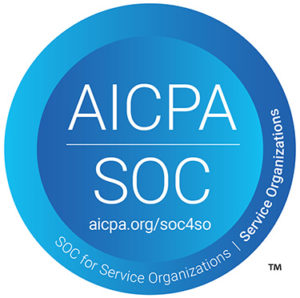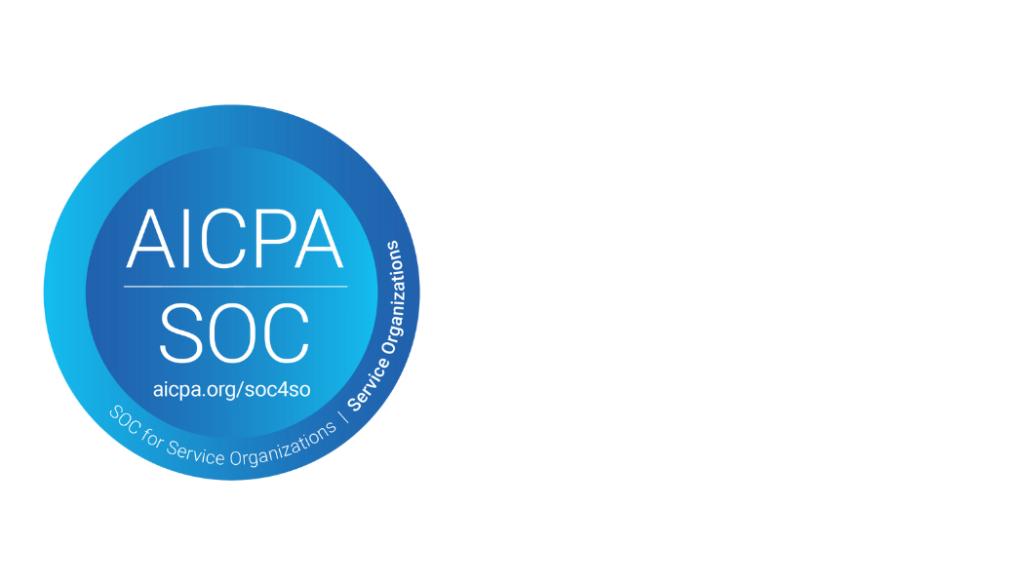This is the ninth in the Project Management Best Practices series. If you have been following this series, you will know the familiar term of “triple constraint,” which refers to the three main constraints to the success and profitability of the project. These three constraints are time, scope, and, cost. In the previous three issues of Digital Communications, we have addressed time and scope management, while in the previous issue and this issue we will address cost management. In the last issue, we discussed various estimation techniques used to determine the overall expected cost of executing the project.
Cost Management & its Companions
Once the cost has been estimated and the project is underway, the project manager is responsible for ensuring that the project stays within the cost projections and the budget. Each project will have a contingency reserve due to the fact that the cost figures are estimates and no one can fully anticipate all the factors that may affect the cost of the project. However, as the project matures and moves through to completion, the contingency reserve will be adjusted based upon the risk factors remaining.
Quality is another cost factor that needs to be considered. This issue will be addressed in greater detail in future editions; however, it should be kept in mind that the more the company focuses on quality in planning and execution, the less that company will have to address quality issues on the back end. Quality has a cost. Either the company invests on the front end or pays to fix poor quality on the back end, but in either circumstance, there are costs involved.
When the costs have been budgeted, the project manager will develop a cost baseline against which the actual spending can be compared and corrective actions can be taken when necessary. One tool used to make these comparisons is the Earned Value Management (EVM) methodology.

Earned Value Management Method
The EVM method takes into consideration scope, schedule, and resources baselines to measure the project’s performance. By combining these baselines, an integrated baseline is formed, against which the performance of the project is measured. There are a few terms that we will need to understand and apply to use this technique.
The first is Planned Value (PV) which is the amount of physical work that was scheduled to be completed at that given stage of the project. The total PV for the project is known as the Performance Measurement Baseline (PMB) or, more commonly, the Budget at Completion (BAC).
The second term to understand is Earned Value (EV) which is the budget amount that has been authorized to that stage of the project against the amount of work completed. As seems apparent, the EV is directly related to the PV in that they should be equal at any given stage of the project. EV is often used to estimate the percentage of the project completed.
Actual Costs (AC) is the total cost of the project incurred based upon the work performed during the specified time period. It measures the cost realized in accomplishing the work measured by the EV, and corresponds to the budgeted amount for PV.
The Varying Variances in Project Management
As indicated earlier, there are factors that arise that can affect the project along the way. These are measured by variances. Schedule Variance (SV) measures the difference between EV and PV, and reports on the whether the project is on, ahead of, or behind schedule. It is used in conjunction with the Critical Path Methodology (CPM). The equation is expressed as SV=EV-PV.
The other variance measure is Cost Variance (CV), which measures whether the project is ahead of or behind on financial projections. It measures EV against AC using the formula: CV=EV-AC. The final cost variance at the end of the project is BAC-AC.
Additionally, two performance indices will give a quick snapshot of the project’s health. The Schedule Performance Index (SPI) measures the schedule efficiency by calculating the ratio: SPI=EV/PV. A ratio of greater than 1.0 indicates that more work was completed than planned for at that stage of the project, while a number less than 1.0 indicates that less work was completed than planned. The Cost Performance Indicator (CPI) is calculated by the formula: CPI=EV/AC. A number greater than 1.0 indicates a cost overrun to-date, and a number less than 1.0 indicates that the project is under budget to-date.
In Closing
These techniques allow the project manager to monitor the project costs. In the next edition, we will look at forecasting techniques that allow the project manager to anticipate the final costs of the project during the execution phase. For more information about Digital Check or our project management services, contact Paul Rupple, PMP at 847-446-2285 or by email.




